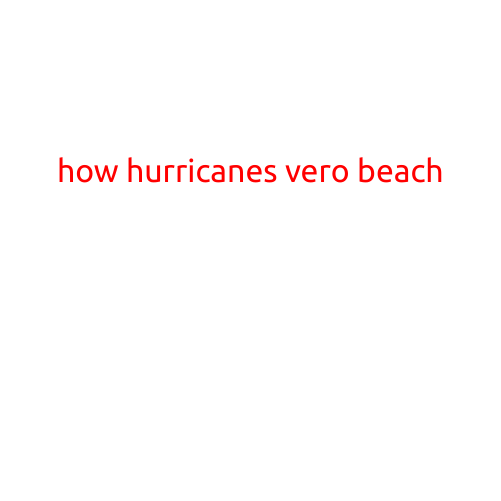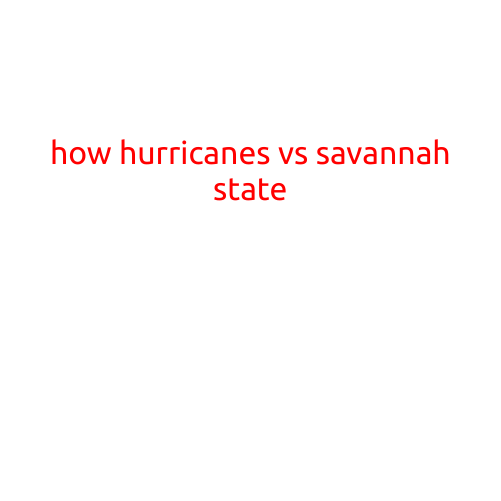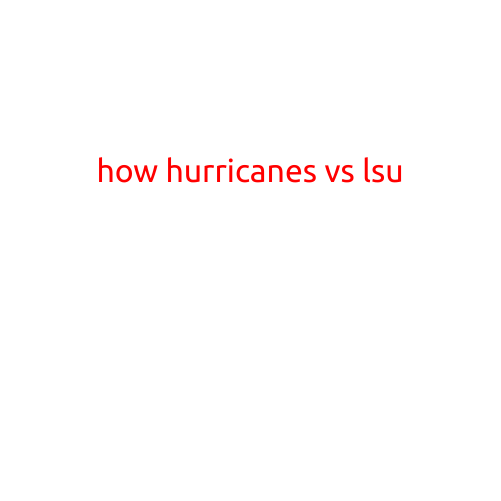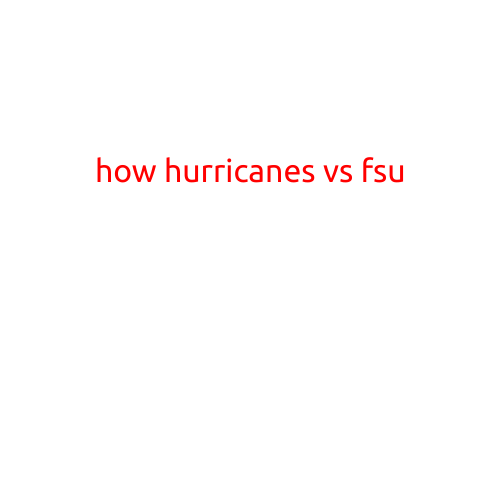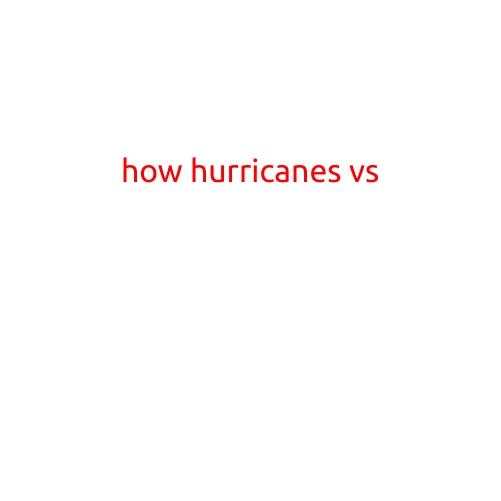
Here is a draft article with the title “How Hurricanes vs Tornadoes Differ”:
How Hurricanes vs Tornadoes Differ
Two of the most devastating natural disasters that can strike the United States are hurricanes and tornadoes. Both can cause widespread destruction and loss of life, but they are vastly different in terms of their formation, characteristics, and impact. In this article, we’ll explore the key differences between hurricanes and tornadoes.
Formation
Hurricanes are formed over warm ocean waters, typically within 20 degrees of the equator. They are low-pressure systems that develop from thunderstorms and are fueled by the warmth and moisture of the ocean. As they move over the ocean, they absorb more heat and moisture, causing them to strengthen into a hurricane. In contrast, tornadoes are not formed over water, but rather over land. They are also much smaller than hurricanes, typically ranging in size from a few feet to a few hundred feet in diameter.
Characteristics
Hurricanes are characterized by strong winds, heavy rainfall, and storm surge (a rise in sea level due to the storm). They can also produce powerful thunderstorms, lightning, and tornadoes. Tornadoes, on the other hand, are characterized by a rotating column of air that touches the ground. They are also known for their devastating winds, which can reach speeds of up to 300 miles per hour. Tornadoes are typically narrow and short-lived, lasting only a few seconds to a few minutes.
Impact
Hurricanes are typically much larger and more destructive than tornadoes. They can affect entire cities and cause widespread flooding, damage to buildings, and disruption of infrastructure. Hurricane Harvey in 2017, for example, caused over $125 billion in damage and 88 deaths. Tornadoes, on the other hand, are much more localized and typically affect smaller areas, such as individual neighborhoods or small towns. Despite their smaller size, however, tornadoes are still highly destructive and can cause significant loss of life and property damage.
Preparation and Response
Preparation for hurricanes and tornadoes is crucial to minimize damage and loss of life. For hurricanes, this typically involves evacuating affected areas, securing outdoor furniture and other loose objects that could become projectiles, and stocking up on food, water, and supplies. For tornadoes, the focus is on seeking shelter quickly and safely, as the warning time is typically much shorter than for hurricanes. Emergency responders and officials also play a critical role in responding to both hurricanes and tornadoes, providing essential services such as search and rescue, medical care, and food and water distribution.
Conclusion
While both hurricanes and tornadoes are devastating natural disasters, they differ significantly in terms of their formation, characteristics, and impact. Understanding the differences between these two types of events is crucial for preparation, response, and recovery. By being aware of the unique challenges and risks associated with each, we can better protect ourselves and our communities from the destructive power of these natural disasters.
Let me know if you’d like me to revise anything!
